Americans Spent Record $567 Billion to Fix Their Homes Last Year
Individuals used a document $567 billion on home renovations very last yr as owners shunned relocations amid climbing home finance loan costs and household charges, according to a review from Harvard’s Joint Center for Housing Scientific studies.
Residences in the U.S. are more mature these days than ever and want essential repairs and servicing, in accordance to the analyze. They also need to have more Financial commitment in vitality effectiveness, catastrophe prevention and accessibility to get ready for local weather change and accommodate an aging population. Also driving renovations is the increase of distant function.
Key Takeaways
- Us residents used a document $567 billion improving upon their houses in 2022.
- At least 3 million property owners and 4 million renters reside in inadequate homes with inoperable devices, such as heating or plumbing.
- Discretionary initiatives, these types of as kitchen area remodels, accounted for just about 30{dd3cf16dc48cbccde1cb5083e00e749fe70e501950bc2e0dea1feff25a82382f} of aggregate residence advancement expenses.
Annual paying on dwelling advancements and repairs rose 16{dd3cf16dc48cbccde1cb5083e00e749fe70e501950bc2e0dea1feff25a82382f} from 2019 and 2021, an once-a-year tempo of advancement far more than double the historic average of 5{dd3cf16dc48cbccde1cb5083e00e749fe70e501950bc2e0dea1feff25a82382f}. Dwelling improvement paying is expected to slow in the course of 2023, but will continue to show growth around the yr, in accordance to Abbe Will, a person of the authors of the report.
“Half of all operator-occupied households in the U.S. are more mature than 40 several years nowadays,” Will claimed. “The surge in paying is predicted to slow this yr supplied the numerous headwinds that the market place is struggling with, but we’re nevertheless anticipating a little bit of progress here, about 2.5{dd3cf16dc48cbccde1cb5083e00e749fe70e501950bc2e0dea1feff25a82382f}.”
Replacement jobs these kinds of as roofing, siding, home windows, doorways, electrical, plumbing, and HVAC systems once more dominated the marketplace in 2021, accounting for 48{dd3cf16dc48cbccde1cb5083e00e749fe70e501950bc2e0dea1feff25a82382f} of expenses. Discretionary projects these kinds of as kitchen and tub remodels and space additions designed up just in excess of 30{dd3cf16dc48cbccde1cb5083e00e749fe70e501950bc2e0dea1feff25a82382f} of combination expenses.
“With the continued getting older of our houses alternative initiatives have develop into the dominant share of household improvement paying out so jobs like roofing, HVAC, flooring, windows and doors,” Will mentioned. “They make up virtually 50 percent of all home-owner enhancement expenditures today, with this greater focus on extra require to do initiatives that ordinarily are not able to be deferred, at the very least not permanently,”
Ageing millennials who are renovating to start with-time homes is also a element, according to the report.
“Growing action amid proprietors of color, as properly as the sheer quantity of millennials that have but to get to people key ages for initial-time dwelling acquiring and remodeling – that all factors to continue on to strengthen remodeling premiums,” Will stated.
According to the report, in 2021, about 3 million householders and 4 million renters have been dwelling in inadequate residences with structural deficiencies or inoperable programs, these kinds of as heating, plumbing or electrical systems.
Numerous of the homes that are need to have vital repairs are occupied by homes that are minimum likely to be ready to pay for the expense, according to the report.
“Deteriorating housing systems and devices threaten the wellness and security of older, lessen-cash flow householders, even though the burden of large enhancement and fix prices jeopardizes the latest stock of cost-effective housing,” the report read. “Disparities in property equity by race and ethnicity propose widening gaps in housing adequacy, accessibility for getting older in location, property energy general performance, catastrophe recovery, and advancement and servicing price tag burdens.”
